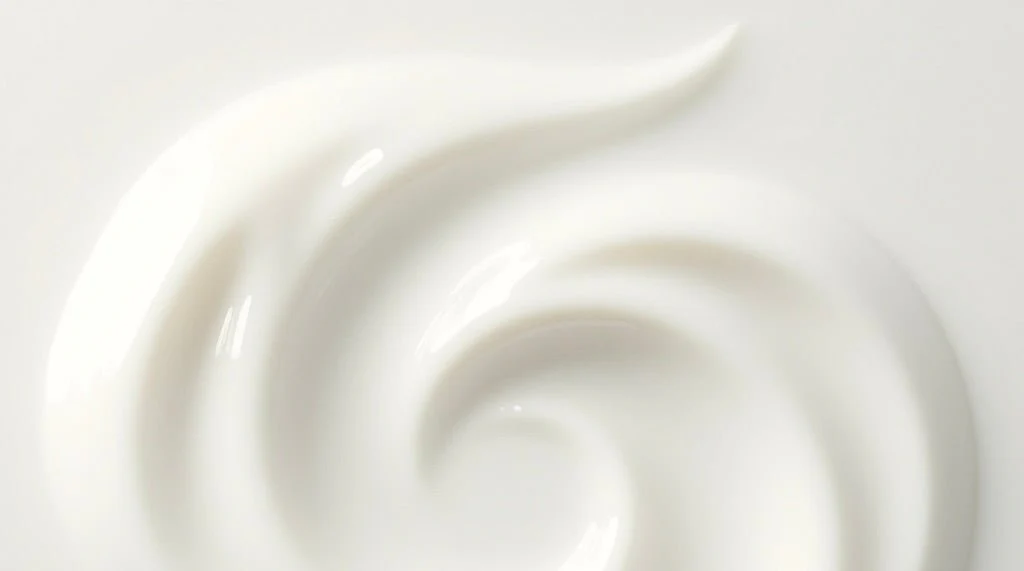
How to Shop for the Best Face Mask For Pores
When it comes to skincare, one of the most common concerns is how to effectively minimize the appearance of pores. The right face mask can work wonders in this regard, drawing out impurities and leaving your skin looking smoother and more refined. But with so many products on the market, how do you choose the best one for your needs? This guide will help you navigate the world of face masks and make an informed decision.
Understanding Your Skin Type
Before you start shopping for a face mask, it's important to understand your skin type. This is because different skin types have different needs and respond differently to various ingredients. Knowing your skin type will help you choose a mask that will effectively target your specific concerns.
Generally, skin types are classified into four categories: normal, dry, oily, and combination. Normal skin is well-balanced and neither too dry nor too oily. Dry skin lacks moisture and may feel tight or flaky. Oily skin produces excess sebum, leading to a shiny appearance and larger-looking pores. Combination skin is a mix of dry and oily areas, typically with oiliness in the T-zone (forehead, nose, and chin).
Identifying Your Skin Type
To identify your skin type, you can perform a simple test at home. Cleanse your face and pat it dry, then wait for about an hour without applying any skincare products. After an hour, observe your skin. If it feels tight and looks flaky, you likely have dry skin. If it looks shiny and feels greasy, you have oily skin. If only certain areas like your forehead, nose, and chin are shiny, you have combination skin. If your skin feels comfortable and not particularly oily or dry, you have normal skin.
Choosing a Face Mask for Your Skin Type
Now that you know your skin type, you can start looking for a face mask that suits your needs. Here are some general guidelines for each skin type:
- Normal skin: You're lucky! Your skin can tolerate most face masks. Look for masks that maintain your skin's balance, like those with hyaluronic acid for hydration and antioxidants for protection.
- Dry skin: Choose masks that provide deep hydration. Ingredients like hyaluronic acid, aloe vera, and shea butter are great for moisturizing dry skin.
- Oily skin: Clay masks are your best friend. They help absorb excess oil and unclog pores. Look for ingredients like kaolin or bentonite clay, charcoal, or salicylic acid.
- Combination skin: You might need to multi-mask, using different masks on different areas of your face. For example, you could use a clay mask on your T-zone and a hydrating mask on your cheeks.
Benefits of Natural and Sustainable Ingredients
When shopping for a face mask, consider choosing one with natural and sustainable ingredients. These ingredients are not only better for your skin, but also for the environment.
Natural ingredients are derived from nature and minimally processed. They are free from harsh chemicals and synthetic fragrances that can irritate the skin. Some natural ingredients that are great for pores include green tea, honey, and clay.
Sustainable ingredients are responsibly sourced and produced in a way that does not harm the environment. By choosing products with sustainable ingredients, you're supporting companies that care about the planet.
Reading the Ingredient List
When looking at the ingredient list of a face mask, the ingredients are listed in order of concentration. This means that the first few ingredients make up the majority of the product. Look for masks where natural and sustainable ingredients are listed towards the beginning.
How to Use a Face Mask
Once you've chosen your face mask, it's important to use it correctly to get the best results. Here's a step-by-step guide:
- Cleanse your face with a gentle cleanser to remove makeup and dirt.
- Apply the mask evenly over your face, avoiding the eye and lip areas.
- Leave the mask on for the recommended time, usually 10-20 minutes.
- Rinse off the mask with warm water and pat your face dry.
- Follow up with a moisturizer to lock in hydration.
Remember, consistency is key when it comes to skincare. Use your face mask regularly, typically 1-2 times a week, to see the best results.
Where to Buy Face Masks
You can find face masks at a variety of retailers, including drugstores, department stores, and online. When shopping online, make sure to read reviews and check the return policy. Don't be afraid to try different masks until you find the one that works best for you.
In conclusion, shopping for the best face mask for pores involves understanding your skin type, choosing a mask that suits your needs, and opting for natural and sustainable ingredients whenever possible. With the right face mask, you can minimize the appearance of pores and achieve smoother, healthier-looking skin.














